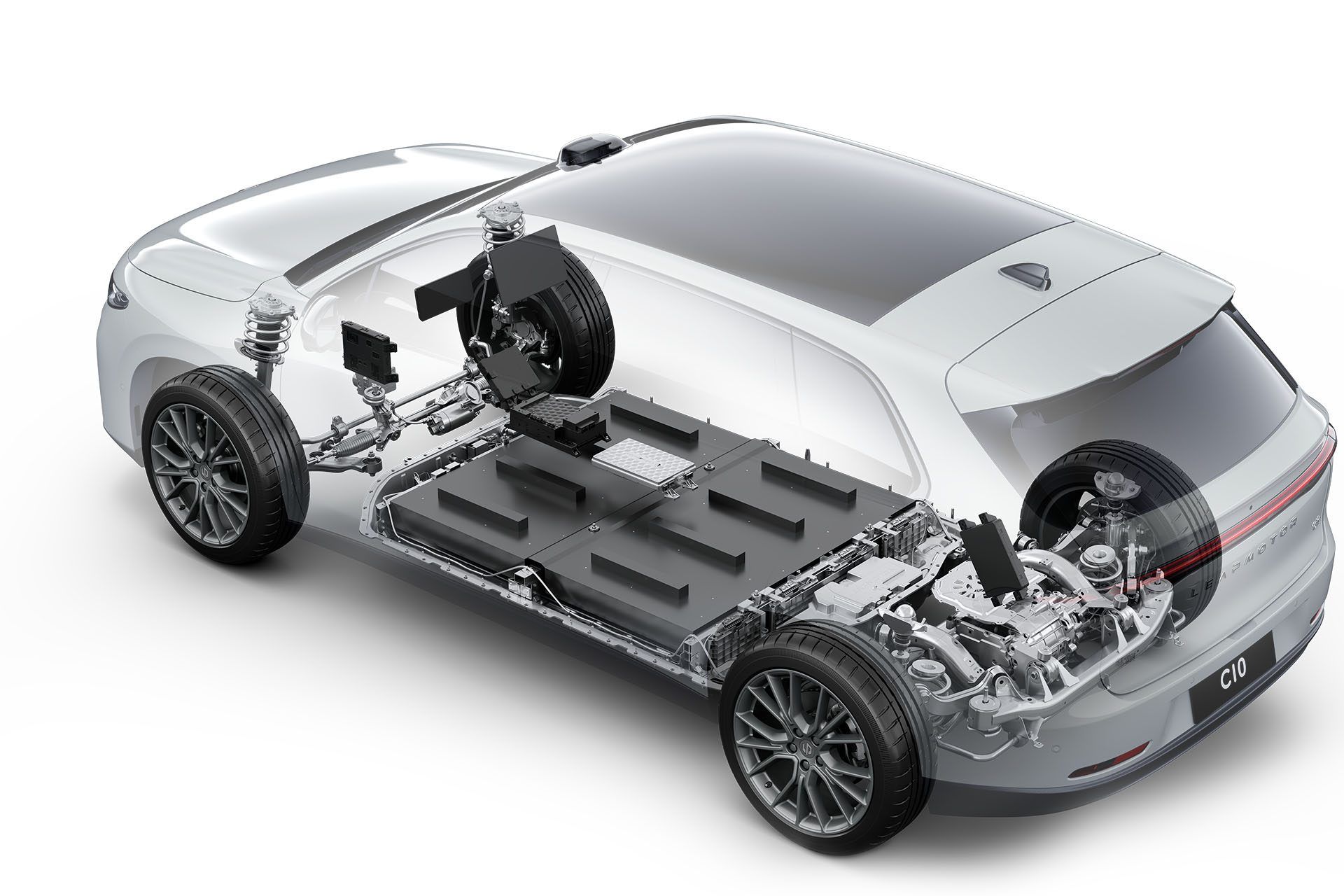Unintended Consequences
Soaring Car Shipping Costs from Europe to Australia Amidst the Ongoing Ukraine Conflict

The ongoing conflict in Ukraine has reverberated far beyond the borders of the affected region, impacting various industries across the globe. One unexpected consequence of this conflict has been the significant increase in shipping costs for cars from European factories to ports, leading to a ripple effect that reaches all the way to Australia. Local importers of well-known brands such as Citroën, Opel, and Peugeot are grappling with the challenges posed by this surge in shipping expenses, ultimately passing on these costs to Australian consumers. This article delves into the underlying factors contributing to this issue and explores its implications for both the automotive industry and consumers in Australia.
The Unforeseen Impact on Shipping Costs
The conflict in Ukraine has disrupted major trade routes, particularly those connecting Europe and Asia. These routes serve as critical arteries for the global shipping industry, carrying goods ranging from raw materials to finished products. With tensions escalating in Ukraine, increased security measures, rerouting of vessels, and potential delays have combined to create a complex and challenging environment for maritime shipping.
Car manufacturers in Europe, including those producing Citroën, Opel, and Peugeot vehicles, rely on these maritime routes to transport their products to various markets around the world, including Australia. However, the conflict has led to heightened uncertainty, rising insurance costs, and the need for longer, more circuitous shipping paths. Consequently, the shipping expenses associated with transporting vehicles have surged exponentially.
The Australian Connection
Australia, known for its strong demand for European cars, is one of the many countries feeling the impact of the conflict's unintended consequences. Local importers of popular European car brands are now grappling with significantly higher shipping costs. These increased expenses place these importers in a difficult position, forcing them to evaluate their pricing strategies and consider how to absorb or pass on these costs to the end consumers.
The pass-on of these elevated shipping costs to Australian buyers is a direct outcome of the interconnected nature of the global economy. As importers adjust their pricing models, consumers may find themselves facing higher sticker prices for Citroën, Opel, and Peugeot vehicles. This potential price hike comes at a time when consumers are already dealing with economic uncertainties and fluctuations due to various factors, including the ongoing pandemic.
Implications for the Automotive Industry
The soaring shipping costs from Europe to Australia highlight the vulnerability of the automotive industry to unforeseen geopolitical events. The industry is heavily dependent on the smooth functioning of global supply chains and shipping routes. Any disruption along these chains, whether caused by conflicts, natural disasters, or other factors, can lead to substantial financial and operational challenges for manufacturers and importers alike.
Moreover, the situation underscores the interconnectedness of global markets. A conflict thousands of miles away can have a cascading effect on economies and industries worldwide. The automotive sector's reliance on just-in-time production and efficient supply chains means that disruptions can quickly translate into production delays, reduced profitability, and higher costs for end consumers.
The ongoing conflict in Ukraine has unleashed a range of unintended consequences with far-reaching effects. The significant surge in shipping costs for cars from European factories to ports is a prime example of how geopolitical events can impact seemingly unrelated industries and regions. Australian consumers, who have a penchant for European cars, are now faced with the prospect of higher prices for Citroën, Opel, and Peugeot vehicles due to these escalated shipping expenses. As the global economy continues to navigate through various challenges, the automotive industry's resilience and adaptability will be put to the test, ultimately shaping how businesses and consumers respond to such unforeseen disruptions.








